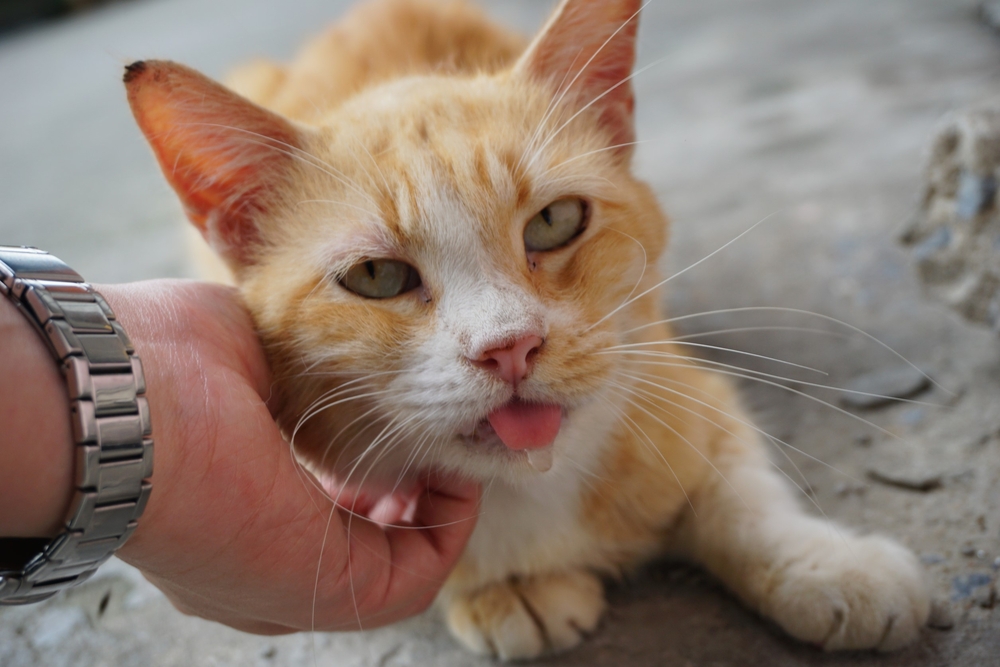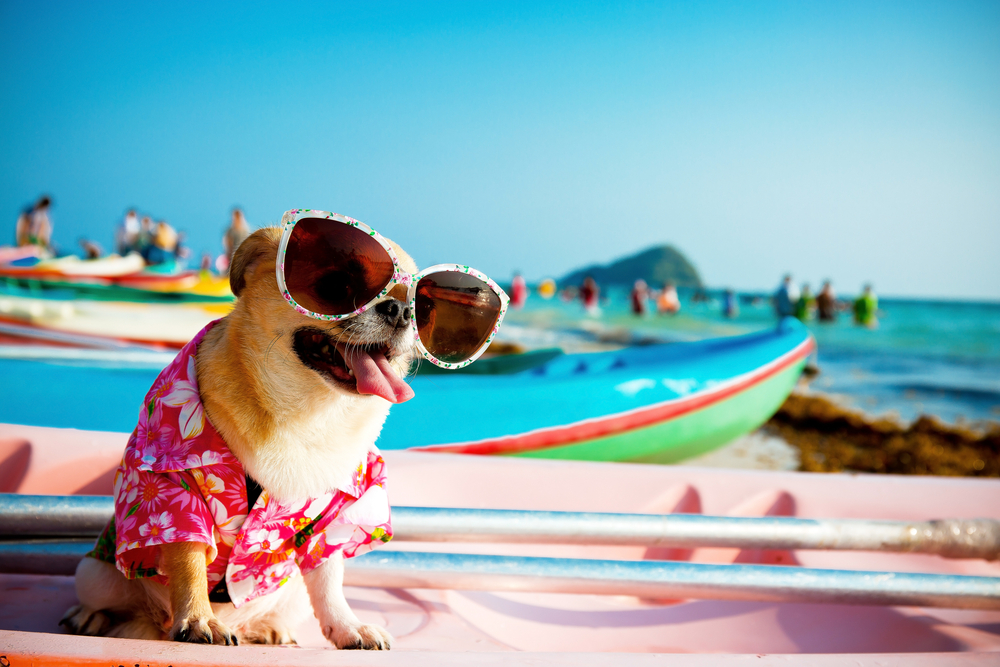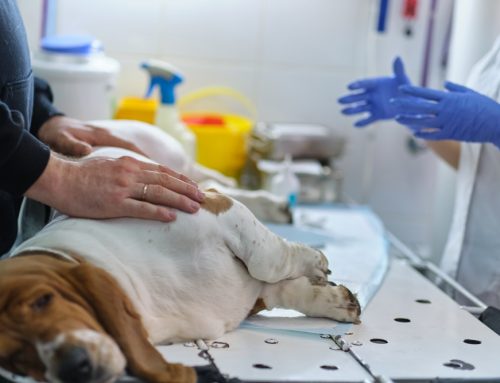During the summer, your pet wants to enjoy the beautiful outdoor weather. However, your furry pal can rapidly overheat when conditions are relatively mild, as they often want to overdo their summer playtime. To advocate for your pet’s health and safety, read our Memorial Villages Animal Hospital team’s list of heat safety do’s and don’ts, and learn how to prevent your four-legged friend from developing heatstroke.
DO provide your pet with cooling essentials
Fresh water, plenty of shade, and air circulation form a pet’s summer safety trifecta. If your pet is lacking one of these key elements, they can easily overheat. For example, although your pet may be shielded from the sun inside a garage and have plenty of water to drink, if the environment has no circulating cool air, the temperature can become stifling, and your furry pal may develop heatstroke.
DON’T walk on hot surfaces
Your pet’s paw pads are not impervious to extreme temperature conditions, so keep your four-legged friend off hot surfaces. If your pet walks on sunbaked asphalt, the surface can blister several layers of their paw pads’ sensitive skin, causing extreme pain. Test the ground before allowing your pet to step onto it by placing the back of your hand on the surface. If you can’t leave your hand there for 10 seconds, the surface is too hot for your pet’s paws. To prevent your furry pal’s paw pads from getting burned on a scorching surface, outfit them in booties or walk on shaded, grass, or dirt paths.
DO play in the water with your pet
Swimming or splashing in water is an excellent way to keep your pet cool. However, to prevent your four-legged friend from accidentally drowning or consuming tainted water, follow our Memorial Villages Animal Hospital team’s pet water safety tips. Unless your pet is a pro at dog-paddling, ensure they stay in shallow water. Many pets panic if they cannot touch the bottom, and that can be dangerous if your furry pal tries to climb on top of you for support. If your pet is a weak swimmer, outfit them in a safety vest. Your four-legged friend may also enjoy splashing in a few inches of water in a wading pool or running through a sprinkler to cool down.
In addition, always prevent your pet from drinking contaminated water. Algae, bacteria, parasites, and chemicals can harm your pet if they drink from ponds, lakes, or swimming pools, so always have fresh, clean water handy and encourage your furry pal to drink from their bowl.
DON’T shave your pet
Shaving your pet’s thick coat seems like a great way to prevent heatstroke, but doing so actually does the opposite. Your pet’s fur regulates their body temperature, keeping them warm in the winter and cool in the summer. A well-groomed, not shaved, coat traps air close to your pet’s skin at their ideal body temperature, helping them stay cool. If your four-legged friend’s fur becomes matted, it tightens against their skin, making them more likely to overheat. The best summertime grooming regimen for your pet is regular brushing to remove dead fur and prevent mats.
DO understand heatstroke risk factors in pets
While any pet can develop heatstroke, some are more likely to overheat. Pets with certain conditions or characteristics are best limited to minimal outdoor time during hot and humid weather. Ensure the bulk of your pet’s daily activities are performed in an air-conditioned environment or take special care when outdoors if your four-legged friend can be categorized as one of the following:
- Overweight or obese
- Geriatric
- Double-coated
- Flat-faced (i.e., brachycephalic)
- Has laryngeal paralysis
- Has tracheal collapse
- Has heart disease
- Has an endocrine disorder
- Has been a heatstroke victim
DON’T ignore heatstroke warning signs in your pet

Heatstroke may seem like it sets in without warning, but the condition actually cascades into several reactions that occur rapidly. Once your pet begins to overheat, heat stress and heat exhaustion quickly progress to heatstroke if left unchecked. Immediately begin cooling your pet if they exhibit any of the following heatstroke signs:
- Heavy, rapid panting
- Thick, ropy drool
- Bright red gums and tongue
- Lethargy
- Confusion
- Weakness
- Slowed response time
- Vomiting
- Diarrhea
- Collapse
- Seizure
Heatstroke is a life-threatening condition, and your pet can even develop signs when conditions are mild. If your furry pal exhibits heatstroke signs, immediately cool them down, and call our Memorial Villages Animal Hospital team to let us know you’re bringing in your pet for further treatment.








Leave A Comment